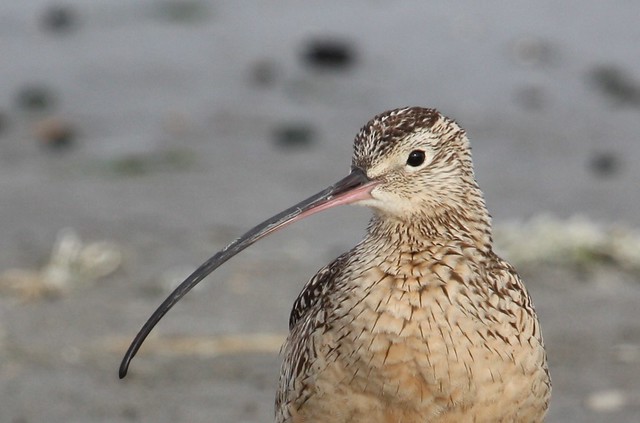Every now and then I'll get an email from a friend asking me for advice on cloth diapering. Since I'm lazy, I figure I'll just post it all here so I can send those friends the link instead of writing a 35 page essay on the subject every time I'm asked. (and my advice differs a little/a lot from most of the information I've seen out there on cloth diaper washing)
I'm a bit of a cloth diapered veteran (all 4 of my babies have been cloth diapered at some point or another), and even though I'm reluctant to pretend to be an expert, there are some things I figured out the hard way. Hopefully my sharing this will help some other mamas out.
Ammonia is a beast (but it doesn't have to be-- keep reading). For some reason, it doesn't seem to be much of an issue with new little babies, but once my kids were well on their way with solid foods (around 9 months old or so), the ammonia smell in our diapers became the knock-your-socks-off, make-your-eyes-water and peel-the-paint-off-the-walls variety. And the rashes that went along with it were awful. They were so bad with baby #2 that (it got to the point that it looked like he had a chemical burn on his bum) that we had to go back to disposables when he was about 18 months old.
Everything I read about cloth diapers and washing them pointed the finger of blame to hard water and/or detergent build up in the diapers, so I tried
anything and everything I could think of to deal with those two issues: switching detergents numerous times, water softening laundry additives, copious amounts of vinegar and/or baking soda, ridiculously elaborate washing routines, strange chemical reactions, even aquarium ammonia remover. The results were unimpressive, mediocre at best, and that pesky ammonia problem was still dogging us.
I'm kind of embarrassed to admit that the real reason for ammonia stink came as such a surprise to me. Maybe you've already figured it out. The real culprit (at least in my own experience) in ammonia build up is...
bacteria. If you think for just a fraction of a second about what those diapers are holding on a regular basis, it seems pretty darn obvious. Clue #2: The presence of bacteria will quickly speed up the breakdown of urea into ammonia.
Please don't be totally disgusted with me and assume I'm a filthy slob. Well.... I might just be a filthy slob sometimes, but that wasn't the case here. I was meticulously following the washing instructions that came with my diapers and assumed that would be enough to keep them clean and sanitized.
It wasn't.
I've tried a few different brands of cloth diapers and without fail, they are all adamant in their washing instructions that bleach should not be used at all on their diapers, or if you must, no more than 1/4 c.
once a month. And that, my friends, just won't cut it.
Once I started sanitizing the cloth diapers regularly, our ammonia problem disappeared. There are three ways to do this:
#1.
Enzymes. Thank goodness for helpful little enzyme cultures that gobble up bacteria and organic waste. Biokleen Bac-Out is my favorite enzyme cleaner. (it also happens to be the best product hands down for getting vomit smell out of your couch and carpet, and for cleaning up potty training accidents, etc.) It's very gentle on diapers and baby skin. I use it every time I wash diapers. The only downside is that it requires a long soak to do its magic-- overnight in the washer does the trick for us.
#
Bleach. Knocks out bacteria and germs like nobody's business. The trouble is, it's also murder on elastic and waterproofing-- nothing will shorten the life of your covers like bleach will. I like to use this every six weeks or so on just my prefolds to make sure that they're deep down clean. The diaper covers get an extra dose of Bac-Out, but
no bleach.
#3.
Boiling. This is a lot of stinky work, unless you happen to have a sanitize cycle on your washing machine. But if you have qualms about using bleach, a diaper boiling marathon every 4-6 weeks (in addition to regular use of an enzyme cleaner) will do the trick.
Here's what our diaper wash routine looks like now:
At night after the littles are in bed:
cold prewash, with no detergent or additives
cold soak overnight, with 4 generous squirts of Biokleen Bac-Out
In the morning:
drain and spin
hot wash, with one scoop of Charlie's Soap
2 cold rinses (most
diapers go in the dryer on high and the covers are hung to dry
Once every month or so:
skip the overnight soak
hot wash with one scoop of Charlie's Soap
1 cold rinse
pull out the covers and start a short wash cycle for just the diapers. Add 1/2 c. bleach, no detergent
2 cold rinses
If you notice lots of bubbles during your rinse cycles, that means that you've got detergent build-up. Just rinse and rinse and rinse until you don't see bubbles anymore.
That's it. No need for any other additives and/or laundry boosters-- and I have very hard water. This routine has
finally conquered our ammonia problem for the last 6 months.
A word on detergent: we use Charlie's Soap and are happy with it, but have also had success with Country Save and Tide Free.










